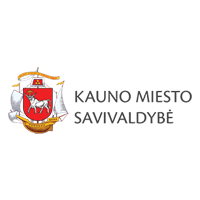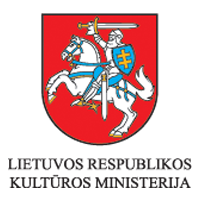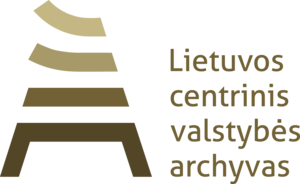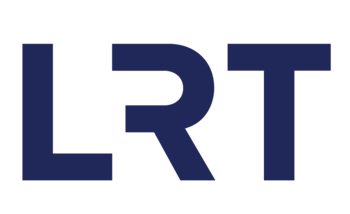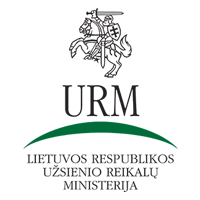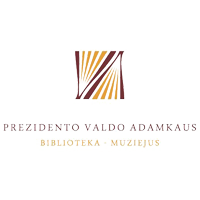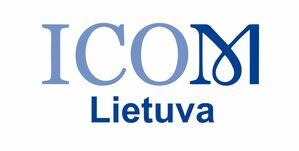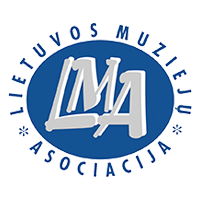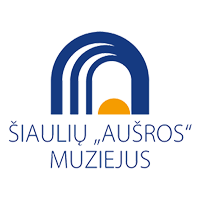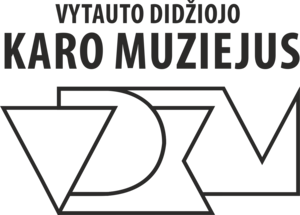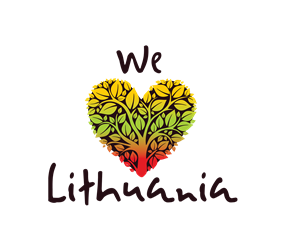This open-air photographic exhibition features the key moments of the First Republic of Lithuania. Dedicated to the centennial of the modern Republic of Lithuania this exhibition highlights political, economic, social and cultural achievements of the two decades of a young independent state.
The following photos are on display:
Election to the Constituent Assembly of Lithuania
For the first time, the Parliament of Lithuania (the Constituent Assembly) was elected in general, equal, secret and direct election. During its two years of operation, the Constituent Assembly passed the first permanent democratic Constitution of the Republic of Lithuania and also took decisions of fundamental importance pertaining to agriculture, education and other fields.
Meeting at the Headquarters of the League of Nations in Geneva, Switzerland
1921 was the year of the international recognition of Lithuania. Lithuania was de jure recognized by Latvia, Estonia, Mexico, Switzerland, Sweden, Denmark and Norway. On September 22, 1921, Lithuania became a full member of the League of Nations. Being accepted into this worldwide peace-promoting organization provided an opportunity to Lithuania to announce about itself to the international community and to raise its own urgent territorial issues.
Lithuanian Independence Military Campaign against Poland
On November 23, 1918, the establishment of the Armed Forces of Lithuania was initiated, and the Army got into the battlefield immediately. From 1918 to 1920, the fights for the Independence of Lithuania were going on three fronts at once (against the Soviet Bolsheviks, the Bermontians (a.k.a. the West Russian Volunteer Army) and the Armed Forces of Poland), and the battlefield experience rapidly matured the generation of Lithuanian soldiers volunteers thus helping to defend the Independence of Lithuania.
The communications team of the rebels of Klaipėda Revolt in Rimkai village before taking Klaipėda City over
The Klaipėda Revolt of 1923 was the most successful secret Lithuanian military operation, after which, the Klaipėda Region under the rights of autonomy was assigned to be ruled by Lithuania. With the revolt, one of the most significant Lithuanian territorial gains was achieved as Lithuania Minor was connected with the ‘Greater Lithuania’.
Women in the Constituent Assembly of Lithuania
Lithuania was among the first European countries granting civil rights to women. On November 2, 1918, the Provisional Constitution of the State of Lithuania declared the equality against the Law of all the citizens of Lithuania irrespectively of their gender. Thus, as the rights of all the citizens were equal, women could not only vote in elections but could also participate in the elections of the supreme positions by themselves.
Pilots of ANBO IV squadron flight around Europe in Brussels, Belgium
A flight of three ANBO IV aircrafts around Europe was the triumph of Lithuanian military aviation. Three crews flying planes designed by Antanas Gustaitis (one of the pilots; standing third from the left) flew around Europe at a record speed and introduced the aviation capabilities of the Lithuanian aviation.
The Lithuanian exposition at the worldwide exhibition Exposition Internationale des Arts et Techniques dans la Vie Moderne (International Exposition of Art and Technology in Modern Life)
The participation of Lithuania in an international exhibition featuring expositions of as many as 46 countries was exceptionally successful. Lithuania scored 58 awards, and 44 Lithuanian artists were awarded with gold, silver or bronze medals and honorary diplomas.
An overcrowded lecture of Mykolas Biržiška, a historian of Lithuanian literature and a Professor of the Faculty of Humanities of the University of Lithuania
The University of Lithuania established in Kaunas in 1922 was the only university-type educational institution in Lithuania. It became the focal point of the intellectual and cultural life of the country and the centre of education and assembly of the intellectuals of Lithuania.
Vytautas the Great Culture Museum (architects Vladimiras Dubeneckis, Karolis Reisonas and Kazimieras Kriščiukaitis), a masterpiece of interwar Modernist architecture
Due to its exceptionality, the peculiar interwar Kaunas Modernist architecture is sometimes referred to Kaunas School of Architecture. In the works of architects working in Kaunas, historical elements of ‘ethnic style’ are observed together with attempts to apply the fundamental principles of Modernism under local conditions. In 2017, interwar Kaunas City Modernist architecture was included into the preliminary list of UNESCO World Heritage.
Counting the first permanent emission of the Lithuanian currency Litas banknotes (the emission of November 16, 1922) at the Bank of Lithuania
The introduction of the national currency whose value was covered in gold stabilized the monetary system of Lithuania which had previously been based on foreign currencies rapidly losing their values after World War I. At that time, Litas was one of the strongest and most stable currencies in the world.
Lithuanian basketball players are rising into the air!
The joy of the Lithuanian National Basketball Team upon becoming the champions of Europe for the first time. From left to right, the players wearing the team shirts: Zenonas Puzinauskas, Pranas Talzūnas, Artūras Andriulis, Feliksas Kriaučiūnas, Juozas Žukas, Leonas Baltrūnas. In the first row, team players wearing suits: Stasys Šackus is the third on the left, Leopoldas Kepalas is the fourth on the left, and Eugenijus Nikolskis is the fifth on the left. Riga, Latvia, May 7, 1937.
The opening of the Third European Basketball Championship at Kaunas Sports Hall
For the European Championship taking place in Kaunas, Kaunas Sports Hall was opened. It was the first sports arena built specially for basketball in Lithuania. It was constructed within a record timeframe (half a year) for the games of the Third European Basketball Championship.
Building Žemaičių Highway
Žemaičių Highway was the most important project of the transportation infrastructure of the twenty-two years of independence. The construction of this modern and major highway (about 225 kilometres long) ensured the connection of Kaunas, the Provisional Capital, with the port of Klaipėda and Žemaitija ethnographical region.
Orders for agricultural equipment are being delivered at Biržai Township Agricultural Society warehouses and cereals cleaning facilities
In 1922, the Constituent Assembly of Lithuania approved the Agricultural Reform, as a result of which, former army volunteers and landless peasants as well as peasants possessing small land lots were granted land lots with ownership rights. Thus the last remains of the serfdom were finally eliminated. The Reform changed the agricultural context of the country completely. The new farmers immediately adopted modern agricultural practices; they did not go for quantity but sought quality instead: they took over animal husbandry and developed the dairy industry. Moreover, they increased the use of innovative agricultural equipment and also joined their forces by establishing cooperatives which facilitated the selling of the output.
Purchasing eggs in Veliuona village
After the agricultural reform of 1922, farmers expanded the areas of farming: not only agriculture was being promoted but also animal husbandry, poultry farming and other segments. Lithuanian eggs, bacon as well as dairy products including butter became popular exported goods.
Sausage production of the largest Lithuanian meat processing enterprise Maistas (en. The Food) in its factory in Šiauliai City
The industry of Lithuania devastated during World War I rapidly recovered, and the number of industrial enterprises grew manifold during the two decades of independence. The Maistas enterprise run by farmers and the Government had five factories in the early 1930s featuring modern slaughterhouses, fridges, salting chambers as well as sausage and canned food production equipment. The enterprise ran several dozen of meat-selling outlets (specifically, 69 in 1939), and it contributed roughly one third of the total meat export of Lithuania. The Lithuanian meat products were in high demand in other European countries.



